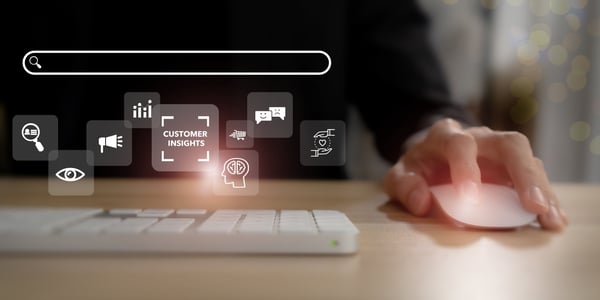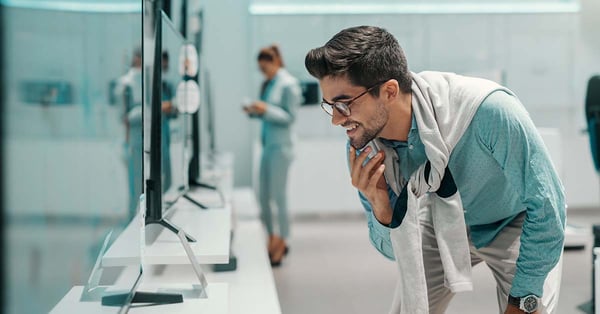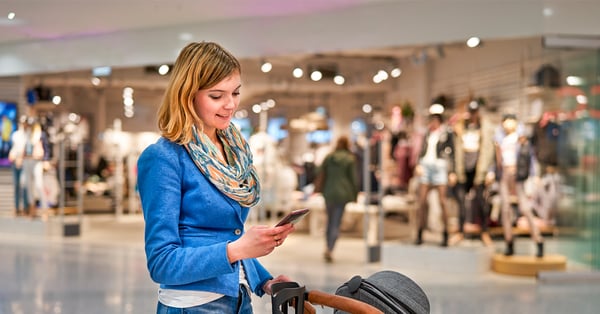- Blog Overview
- Knowledge
- Virtual queuing system: What, how, and why
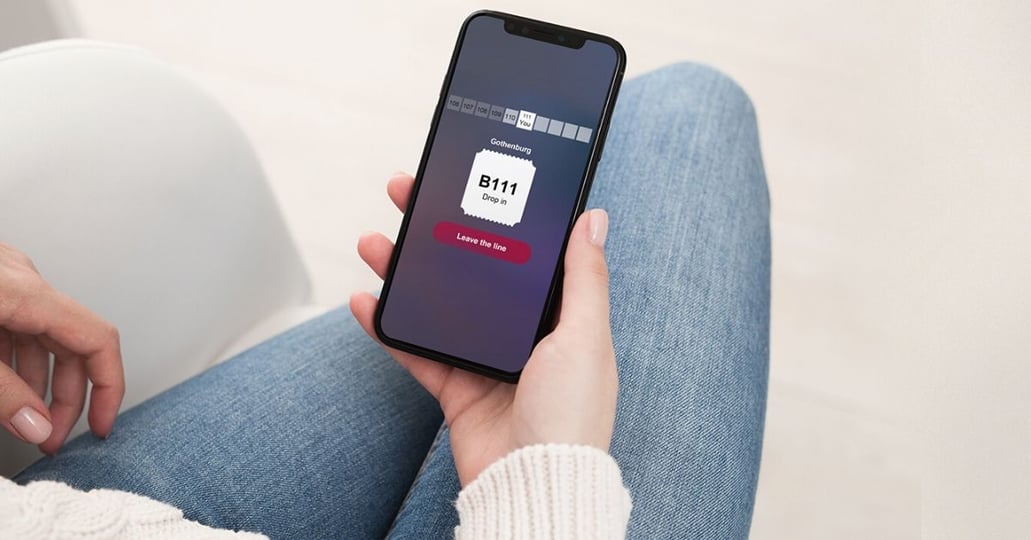
Virtual queuing system: What, how, and why
Dixie Thamrin |April 22 2020 | 12 min
As the situation changes, businesses and organizations need to adapt to the new normal. For service providers who remain open, the need for a safer environment for staff and visitors is becoming more important than ever.
One of the solutions to keep social distancing while providing services is using a virtual queue management system. What is it, and how does it work? We’ve compiled the most frequent questions about virtual queuing, and some specific questions related to the current situation.
Discover our patient scheduling system for safe and efficient COVID-19 vaccinations.
General questions about virtual queuing systems
What is a virtual queue management system?
A virtual queue management system is a system that places customers in a virtual waiting line or queue, where they don’t have to physically wait in line to get a service. With a virtual queue management system, customers can wait remotely as they are not confined to any waiting spot.
How does a visitor get into the virtual queue?
The customer’s place in the virtual queue is secured by an identifier like a printed ticket, or managed through their mobile phone with an SMS, mobile ticket or queuing app. The identifier is often given upon arrival but can be provided in advance when booking an appointment. Because the place in the queue is secured, there is no need for a physical waiting line.
How does virtual queuing work?
There are several ways customers can get in line, but here is the step-by-step example of the most common way:
- Customer gets in line – Customer uses their phone to scan QR code posted outside of premises (for example, on the front door or on the window)
- Customer chooses the service and receives a mobile ticket
- Customer waits remotely (in their car or home, for example), and monitor their place in line on the phone. They will be able to see the real-time updates, their place in line, and the expected waiting time until their turn
- When it’s their turn, a staff member calls the customer using a mobile app
- The service is delivered and received at a safe distance
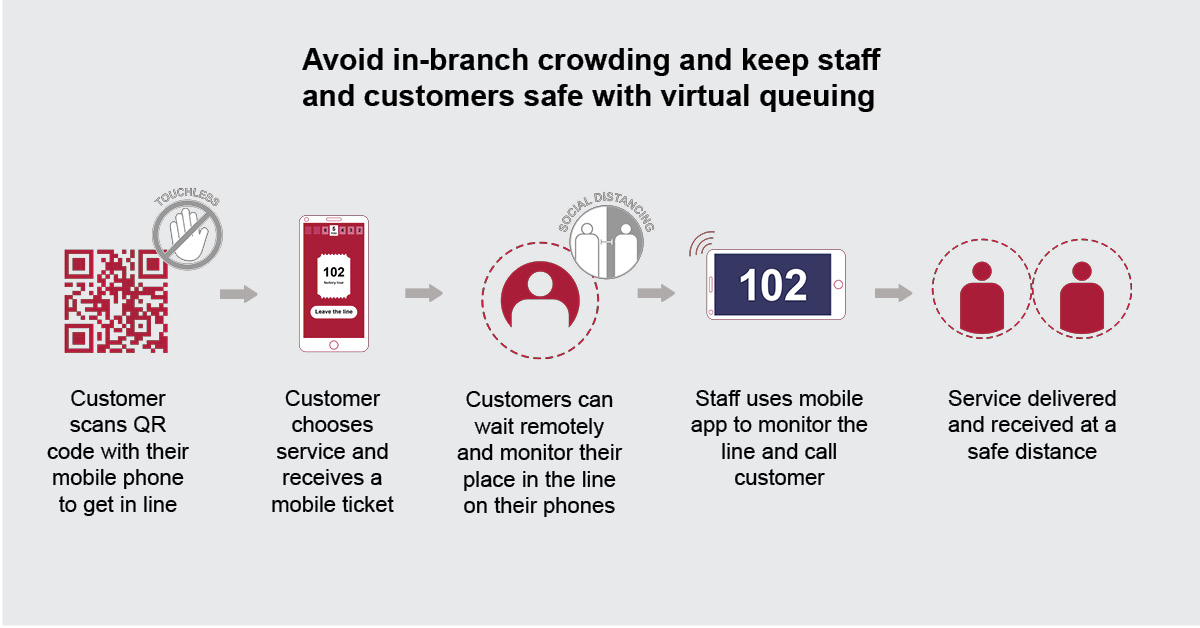
To learn more, you can watch our recorded webinar: Using virtual queuing solutions for socially-distanced queuing, in response to Covid-19.
How can virtual queuing help with social distancing?
Virtual queuing is about managing customer journeys in the digital space, so they have minimal close interactions with staff and fellow customers. Customers do virtual check in and wait remotely, and staff can also keep their distance when serving.
A few ways virtual queuing solutions can help with social distancing:
- Regulating the number of people visiting your premises
- Keeping close interactions to a minimum
- Reducing the time customers need to spend on-site
- Managing customer flow
To learn more, download our guide: Safer Queuing with Virtual Solutions in response to COVID-19.
What are the benefits of virtual waiting line management?
Benefits of a virtual waiting line management system include reduced wait times, better customer flow management, improved staff efficiency and service quality, streamlined communication, and increased customer satisfaction. For service providers, using an online management system also provides performance and customer data, which are valuable for continuous improvements.
Specifically for the current situation regarding Covid-19, a virtual queue management system helps reduce the risk of virus spread on premises, and therefore keeping staff and customers safer from the risk of infection.
What is Mobile Ticket?
Mobile Ticket is the virtual ticket provided to customers or visitors using mobile phones. With Mobile Ticket, customers don’t need to have a physical ticket, and they get real-time data and updates about their place in the queue. With this, customers have greater flexibility as they can wait anywhere, without having to be constrained in the waiting room.
Which parts of the customer journey can be made virtual?
There are several touch points in customer journey that can be made virtual. For example:
- Pre-arrival: Book appointment in advance, either via a web booking or phone call
- Virtual check-in: For example, by scanning QR code, or with staff-assisted check-in while maintaining distance
- Waiting remotely – customers are free to wait anywhere safe, while still monitoring their places in the queue and getting notifications when it’s their time to be served
- Post-arrival: Online survey for customer feedback
What is the best way to optimize virtual queuing solutions?
Here are a few tips on optimizing virtual queuing solutions to make sure your businesses adapt to the current situation:
- Optimize appointment booking to avoid unscheduled walk-ins
- Segment customers on their bookings to improve efficiency, rather than putting them all in one line
- Manage customer flow by managing the appointment slots you have available, or creating a different set of calling rules to decrease the number of people waiting
- Plan staff allocation to get a balanced and controlled waiting time
- Keep customers informed with notifications for updates, reminders, expected waiting times, etc.
- Use the performance data to identify problems and improve the service delivery
For more tips, you can read our virtual queuing tips to aid social distancing.
Virtual queuing across different industries
Which industries can benefit from virtual queuing solutions in Covid-19 situation?
In the current environment where only essential businesses and service providers remain open, virtual queuing solutions can offer great advantages in:
- Public sector: Government agencies and services that need to stay open
- Healthcare: Hospitals, clinics, and other healthcare facilities
- Retail: Grocery stores, pharmacies, other essential business stores
But businesses and service providers must be prepared for the significant influx of customers/visitors when restrictions are eased. Businesses and organizations like retail stores, banks, gyms/sport centers, and government offices can improve their efficiency with a virtual queue system, which will greatly help when the in-branch footfall increases. You can also implement appointment booking to further manage the customer flow, avoid unscheduled visits and minimize waiting times.
How can retailers use a virtual queuing system for queue control and to make sure staff and customers are safe?
Due to Covid-19, stores restrict the number of people that can be on their premises at any one time. There are two ways to do this.
Social distancing in stores with virtual queuing
First, retailers can use virtual queuing for in-store customers, where they can wait safely somewhere else (in the comfort of their homes or cars) and get called in when it’s their turn to enter the store. Customers can monitor their time in the virtual queue in real time, and service providers can make sure they get the number of people on premises is under control.
Curbside pickup with virtual queuing to support retail social distancing
The second solution is for retailers who enable shopping via web shops with scheduled pick-up. This practice is also known for curbside pickup, in-store pickup, or click and collect. Customers can choose the time slots that suit them, get a reminder of the scheduled pick-up via a text message which also contains a link, and activate the link to announce their arrival. This link activation will send a notification to the staff, which will then hand the prepared order to the customers. With a virtual queuing system, retailers can provide a seamless curbside customer service.
For more details, you can read our blog post about safe queuing and crowd control in grocery stores and pharmacies.
How can a virtual queue management system in hospital help in current situation?
With a virtual queue management system, healthcare facilities can manage patient flow, limit the number of people on premises, and minimize waiting times to avoid virus spread. This can be done by using allowing patients to wait somewhere else and only enter the healthcare facilities when it’s their time and optimize staff allocation to improve the service. Better staff allocation and more efficient service can also contribute to the increase of patient satisfaction and reduction in staff’s stress levels.
To learn more about this, you can download our Virtual Queuing Guide to see how it can be implemented in the current situation, and more tips on optimizing it to get the best results.
Or if you have any questions and would like to speak to one of our experts, contact us.




